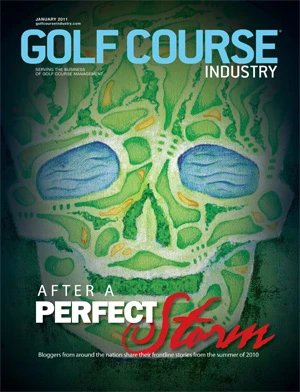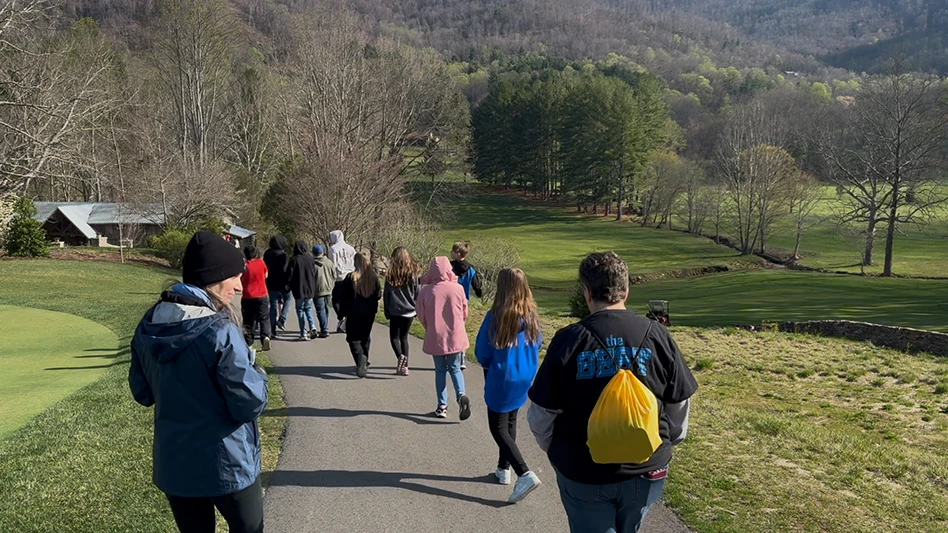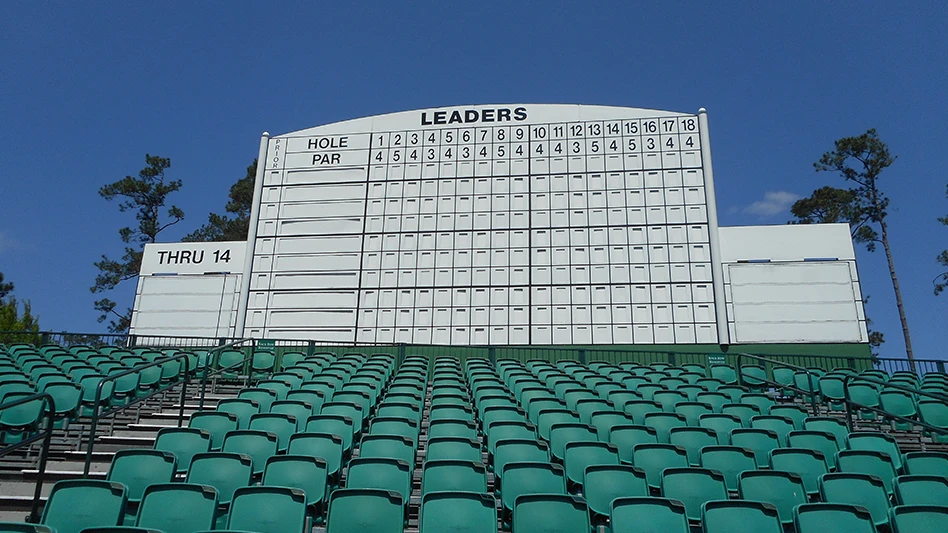Around 30,000 years ago, a clever Neanderthal had a brainstorm: Given all the different spears and clubs available to his fellow woolly mammoth hunters, there should be some kind of gathering to bring all the stone-age weapons manufacturers together with customers in one big cave. Thus was born the trade show. Or at least that’s how I remember it from “The Flintstones.”
Anyway, the concept is little changed since that first stone-age event: Put together an interesting program, throw in cocktail parties and erect fancy displays hawking goods and services to attendees attracted by cheap seminars and free booze.
In the last two decades of the 20th century, trade shows in the golf/turf/landscape biz exploded as a marketing concept and as a way for not-for-profit organizations to subsidize their core activities. Local associations, universities and turf councils all wanted their own little cash cow to pay for education, research, lobbying and other activities dues couldn’t fund. Money flowed in from exhibitors who wanted to sell stuff and “support the industry.” All was right with the world.
But as the new millennium dawned, ominous things happened to trade shows that organizers tried to ignore.
First, they sort of maxed out. I estimated at one point there were at least 80 booth-driven events in the turf market. This plethora of things to bankroll created major headaches for the marketing director at Big Turf Company Inc., who eventually pays for all of this stuff. Even before 9/11, companies were bemoaning the redundancy of weak, often overlapping turf shows and wondering about the payback. Yet, the “we will be conspicuous by our absence” fear factor kept them signing those booth contracts.
Second, this thing called the Internet got sort of popular. Enough said.
Next, you guys – superintendents and other turfheads who buy stuff – began to take these shows for granted. Oh sure, you still went to the conference itself to get education credits and see friends, but the show became less imperative. Lots of folks either zipped around the floor in 30 minutes or skipped it entirely to go home early or play golf with a buddy. Once busy show aisles got emptier.
Finally, there was sheer arrogance by event organizers. They blindly assumed that every company absolutely had to be at their show and if a company didn’t exhibit they’d somehow be blackballed and bad mouthed by the association’s loyal members.
These shows figured they could abuse the cash cow as much as they wanted and it would still happily give milk. Most commonly, they scheduled more seminars and events during show hours or simply failed to offer anything new, thus diminishing traffic on the floor. The cows didn’t much like this. They bitched (mooed?) about poor attendance. Show organizers harrumphed and hoped things would magically get better.
Things not-so-magically got worse as the recession zapped travel and education budgets. Even some who had the funds stayed away because they didn’t want to be perceived as fiddling away at some big party while Rome burned back home. Good shows shrank and bad shows sucked air.
The bottom line: Nearly every road-warrior exhibitor I know has told me flatly that – with the notable exceptions of the Carolinas and New England events – most turf shows aren’t worth the time and money any more.
Now comes the GIS. The national show – as well organized and powerfully marketed as it is – is not immune to the same trends killing local and regional events. At least the hosts are trying new things to fight the tide. One attempt – the well-intentioned idea of consolidating the turf side with the club side – came apart at the seams after a couple of years when the CMAA grew weary of being the junior partner and bailed out. Another change, the two-day show schedule, partially backfired as some suppliers that spend five- or six-figure amounts on elaborate booths carped that they now only get 17 total hours of selling time for their investments. Companies that buy booths at shows want more time with customers, not less.
Bringing in secondary partners or changing the schedule is rearranging deck chairs on the Titanic. Ultimately, what matters is you go to the event, spend a significant time on the show floor and engage with exhibitors.
Do you intend to do that? How about all your buddies? If not, the age-old cash cow that has fueled so many of the benefits we’ve enjoyed will run dry… and all of our associations better think up a new way to get free milk pretty damn quick. GCI

Explore the January 2011 Issue
Check out more from this issue and find your next story to read.
Latest from Golf Course Industry
- The Aquatrols Company hires marketing manager
- Renovating Bredemus in West Texas
- Renovation starts at Okatie Creek GC at Sun City Hilton Head
- The Fittest Podcast in Turf: Episode 1
- New 6-hole course debuts in Oklahoma
- GCSAA announces Grassroots Ambassador Leadership Award recipients
- Reel Turf Techs: David Gummo
- PBI-Gordon promotes two to executive level





